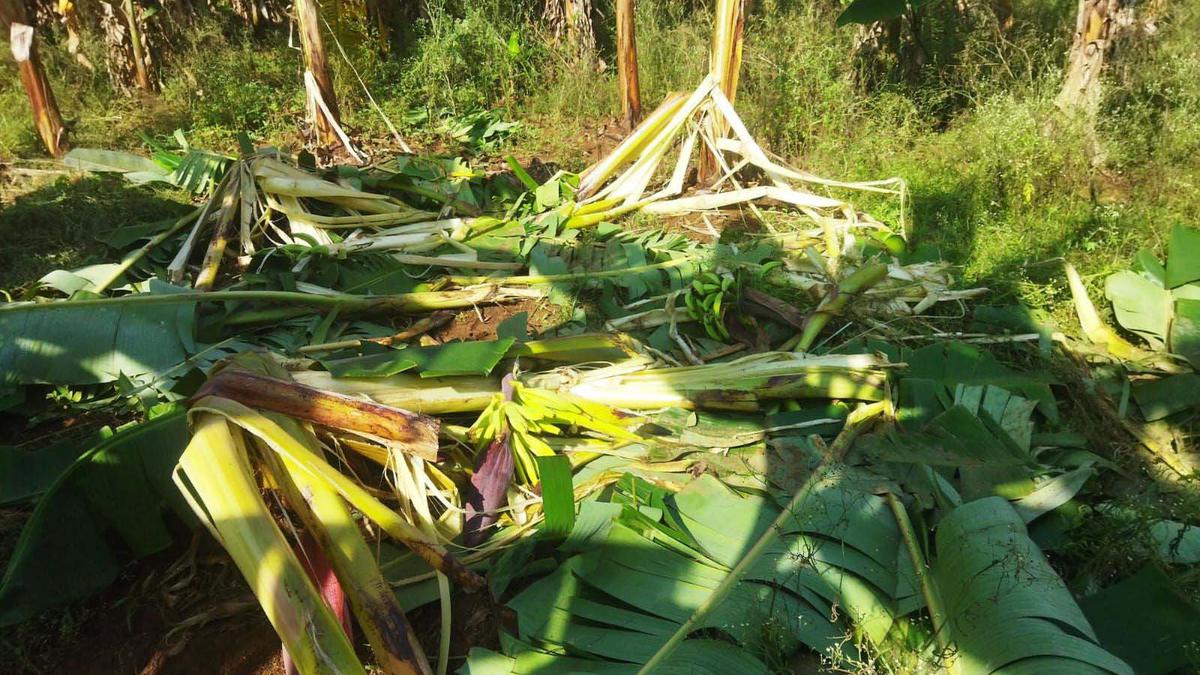
Petition calls for collaborative efforts towards addressing rising human-elephant conflict in Coimbatore suburbs
The Hindu
Immediate attention needed to address escalating human-elephant conflict in Coimbatore suburbs, petition submitted to District Collector.
Human-elephant conflicts are escalating in the suburbs of Coimbatore, prompting the need for immediate attention, as per a petition submitted at the Farmers Grievance Meeting held at the District Collector’s Office. The petition was submitted by Jayaprakash C.R., an organic farmer and researcher.
Forest Department statistics reveal that over 85 villages and small towns have been affected by human-animal conflicts in the Coimbatore Forest Division from 2011 to 2022, resulting in 147 human deaths due to elephant attacks and 176 elephant deaths owing to various reasons. Notably, 102 human fatalities occurred outside forests.
Post-2018, elephant intrusions into farmlands have steadily increased, reaching a peak in 2023 with at least 3,000 registered crop raids in Coimbatore alone.
A recent Harvard University study led by Gokhan Egri et al. (2022) identified that Coimbatore made the highest number of human-elephant conflict news items in the country in 13 years (2006-2018). Elephants primarily targeted banana (53%) and boconuts (33%), prevalent crops in high-incidence forest ranges (Coimbatore and Boluvampatti).
The department has paid ₹1.64 Crore as compensation in 2022, but farmers’ claims exceeded ₹10 crore that year. Elephants have recently developed a taste for cattle feed, compounding the challenge. Farmers however face at least 600 times more negative interactions with elephants over crop damage compared to the next most disruptive herbivore, the pig. Elephant damage losses can be equivalent to one fifth of the farmer’s annual income, the petition stated.
The petition emphasised the need for conflict management strategies considering historical context, location, and socio-economic variations among households. It called for enhanced dialogue between local communities, governments, and conservationists, along with the implementation of early warning systems, compensation, and insurance programmes.
The perceived failure of Community-Based Natural Resource Management (CBNRM) and the high cost of hybrid cattle, fodder, and irrigation systems were highlighted, along with changing patterns in business, commerce, and agriculture near forests over the past two decades.





















 Run 3 Space | Play Space Running Game
Run 3 Space | Play Space Running Game Traffic Jam 3D | Online Racing Game
Traffic Jam 3D | Online Racing Game Duck Hunt | Play Old Classic Game
Duck Hunt | Play Old Classic Game











